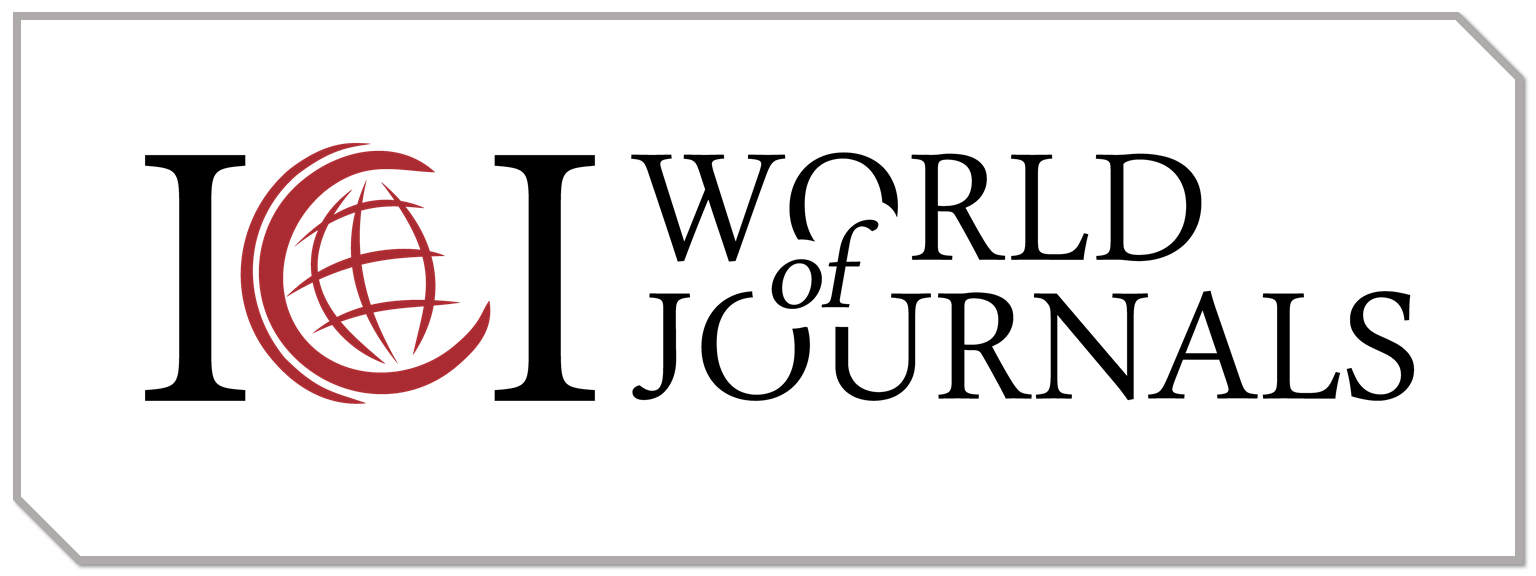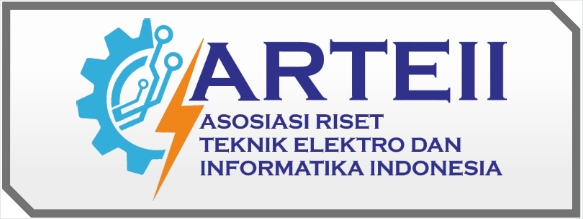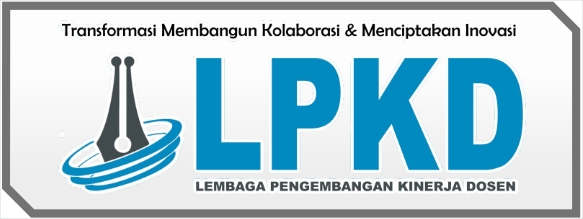The Effectiveness of “Monfidens” Policy in Dealing with Post-Covid-19 Economic Recession in The Four of the Group Twenty (Turkey, South Africa, Russia, Indonesia) G20
DOI:
https://doi.org/10.55606/icesst.v1i2.479Keywords:
Covid-19, Monetary Policy, Fiscal Policy, Macroprudential and InflationAbstract
This research to analyze the contribution of variables from three economic policies, with monetary policy through interest rate variables, exchange rates, and money supply in facing economic recession. Where the fiscal policy variable is through tax value. Then macroprudential policy through Non Performing Loan and Capital Adequacy Ratio variables. This study uses secondary data or time series, namely from December 2019 to February 2021. The data analysis model in this study is the Vector Autoregression (VAR) model which is seen from being sharpened with Impulse Response Function (IRF) analysis and Forecast Error Variance Decomposition (FEVD), Panel ARDL, and Different Tests. The results of the IRF analysis show that the stability of the response of all variables is formed in period 8 or the medium and long term, where the response of other variables to changes in one variable shows different variations, both from positive responses to negative responses or vice versa, and there are variables whose responses remain positive or remain negative from the short term to the long term. The results of the FEVD analysis show that for the short-term inflation variable it is influenced by inflation itself and in the medium and long term it is influenced by interest rates. For the JUB variable in the short term it is influenced by JUB itself and in the medium and long term it is influenced by NPL. For the interest rate variable in the short term it is influenced by JUB while in the medium and long term it is influenced by the exchange rate itself and CAR. For the tax variable in the short, medium and long term it is influenced by the tax itself and JUB. For the NPL variable in the short, medium and long term it is influenced by JUB and tax. For the CAR variable in the short, medium and long term it is influenced by JUB and tax. Then the results of the ARDL Panel analysis show that the country that is able to become a leading indicator in controlling the economic recession in the Four of The Group Twenty, namely Turkey, is only done by interest rates. While South Africa is done by interest rates, taxes, NPL, and CAR. For Russia, it is done by all variables, namely the amount of money in circulation, interest rates, exchange rates, taxes, NPL, and CAR. Meanwhile, Indonesia is carried out by exchange rates, taxes, NPL and CAR.
References
Ahmad, K. (2016). Pengaruh Variabel Makro Ekonomi Terhadap Rasio Non Performing Loan (Npl) Perbankan Konvensional Dan Rasio Non Performing Financing (Npf) Perbankan Syariah Di Indonesia Periode 2009-2012. In UIN Raden Fatah Palembang (Vol. 7, Issue 2).
Amrini, Y., Aimon, H., & Syofyan, E. (2014). Analisis Pengaruh Kebijakan Moneter Terhadap Inflasi Dan Perekonomian Di Indonesia. Jurnal Kajian Ekonomi, 2(4), 102880.
Anwar, C. J., & Sunaenah, S. (2016). Pengaruh Roa Dan Car Terhadap Kredit Macet (Npl) Pada Bank Umum Di Indonesia. Jurnal Ekonomi-Qu, 6(2), 214– 235. https://doi.org/10.35448/jequ.v6i2.4344 Aprileven,
Augusto Maria, J., Sedana, I. B. P., & Sri Artini, L. G. (2017). Pengaruh Tingkat Suku Bunga, Inflasi Dan Pertubuhan Gross Domestic Product Terhadap Jumlah Uang Beredar Di Timor-Leste. E-Jurnal Ekonomi Dan Bisnis Universitas Udayana, 10, 3477.
Darussalam, O. (2013). Faktor-Faktor Penyebab Kredit Bermasalah Di PT. Bank Sulut Cabang Utama Manado. Jurnal Riset Ekonomi, Manajemen, Bisnis Dan Akuntansi, 1(4), 69–77.
Daulay, M. T. (2017). Poverty Control Model With Business Diversification Approach, Sustainable Development Goals (SDGs) And Economic Value (Study on Expansion Areas in North Sumatra). Quantitative Economics Journal, 6(3), 203–221.
Dayanti, E., & Nasir, M. (2016). Dampak Kebijakan Fiskal Regional Terhadap Output Dan Inflasi Di Kota Banda Aceh. Jurnal Ilmiah Mahasiswa Ekonomi, 1, 38–45.
Emma, S. (2019). Pola Prediksi Transmisi Moneter dan Ekspektasi Inflasi terhadap Fundamental Ekonomi di Ngeara CIVI (China, India, Vietnam, dan Indonesia). Jurnal Ilmiah Mahasiswa Ekonomi (Vol. 59).
Ftria Sakinah. (2013). Faktor-Faktor Yang Mempengaruhi Capital Adequacy Ratio(Car) Pada Bank Syariah Di Indonesia Periode Maret 2009 – Desember 2011: Vol. X. Universitas Islam Negeri Syarif Hidayatullah Jakarta.
Harda. (2017). Pengaruh Faktor Ekonomi Terhadap Inflasi Yang Dimediasi Oleh Jumlah Uang Beredar. Economics Development Analysis Journal, 4(1), 32–41.
Komarudin, M. T. (2021). Analisa Kenaikan PTKP, Laju Inflasi, dan Jumlah Wajib Pajak terhadap Penerimaan PPh 21 secara Nasional. Valuasi : Jurnal Ilmiah Ilmu Manajemen Dan Kewirausahaan, 1(1), 28–47.
Lativa, S. (2021). Analisis Kebijakan Fiskal Indonesia Pada Masa Pandemi COVID-19 dalam Meningkatkan Perekonomian. Ekonomi, 2021(3), 15.
Maesaroh, I., & Triani, L. F. (2011). Determinant of the Amount of Money Circulating in Indonesia. Fakultas Ekonomi Universitas Terbuka, 1–16.
Perlambang, H. (2017). Analisis pengaruh jumlah uang beredar, suku bunga sbi, nilai tukar terhadap tingkat inflasi. Media Ekonomi, 18(2) 49-6
Rangkuty, D. M., & Hidayat, M. (2019). Using the ECM Approach between Growth of theCurrent Account Balance and Foreign Exchange Reserve in Indonesia.
Rangkuty, D. M., & Sari, M. M. (2019). Analisis utang luar negeri dan inflasi Indonesia. EKONOMIKAWAN: Jurnal Ilmu Ekonomi dan Studi Permbangunan, 19(1), 57-66.
Roza Linda, M., Megawati, & Deflinawati. (2015). Pengaruh Inflasi, Kurs Dan Tingkat Suku Bunga Terhadap Non Performing Loan Pada Pt. Bank Tabungan Negara (Persero) Tbk Cabang Padang. Economica, 3(2), 137–145.
Rusiadi. (2013). Penelitian Manajemen, Akuntansi, dan Ekonomi Pembangunan. USU Press, USU Press., 14.
Ryad, A. M., & Yuliawati, Y. (2017). Pengaruh Dana Pihak Ketiga (DPK), Capital Adequacy Ratio (CAR), Non Performing Finance (NPF) Terhadap Pembiayaan. Jurnal Riset Akuntansi Dan Keuangan, 5(3), 1535–1540.
Salim, J. F. (2017). Pengaruh Kebijakan Moneter Terhadap Pertumbuhan Ekonomi Di Indonesia. E-Kombis, III(2), 68–76.
Sari, W. I., Nasution, L. N., & Novalina, A. (2021). Analisis leading indicator kebijakan moneter dalam mengatasi kemiskinan di 5 negara Asia Tenggara. JEpa, 6(2), 610-618.
Tiara, L. N. (2017). Pengaruh Jumlah Uang Beredar Dan Suku Bunga BI Terhadap Kurs Rupiah Di Indonesia Periode 2005-2014. JOM Fekon, 4 No.1.
Downloads
Published
How to Cite
Issue
Section
License
Copyright (c) 2022 The International Conference on Education, Social Sciences and Technology (ICESST)

This work is licensed under a Creative Commons Attribution-ShareAlike 4.0 International License.















